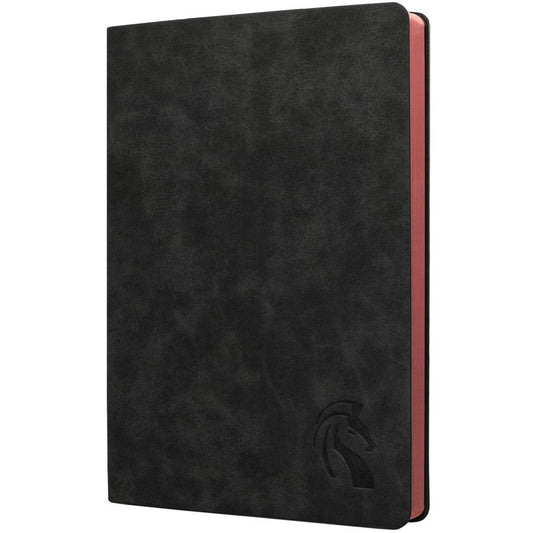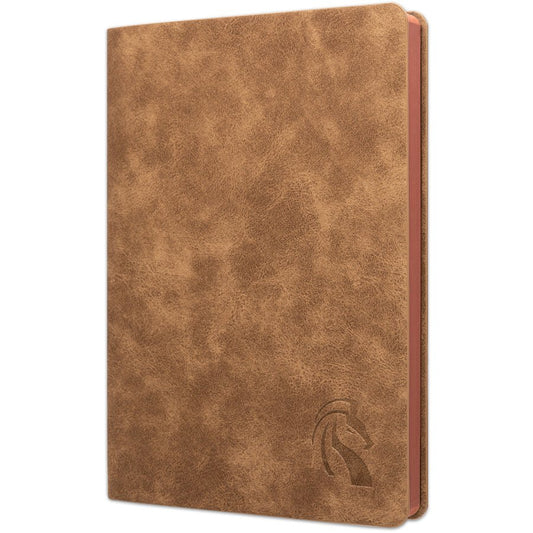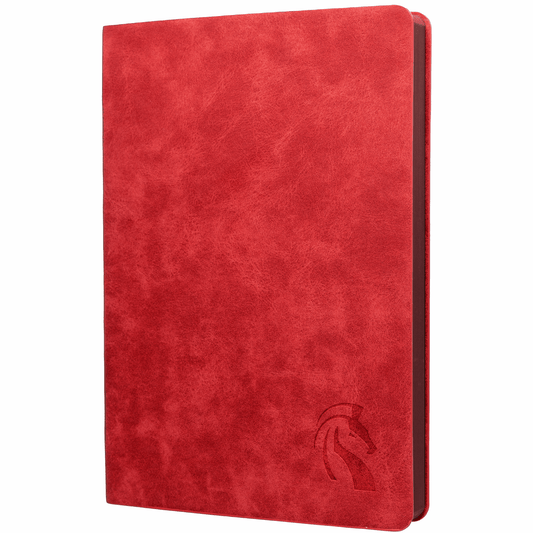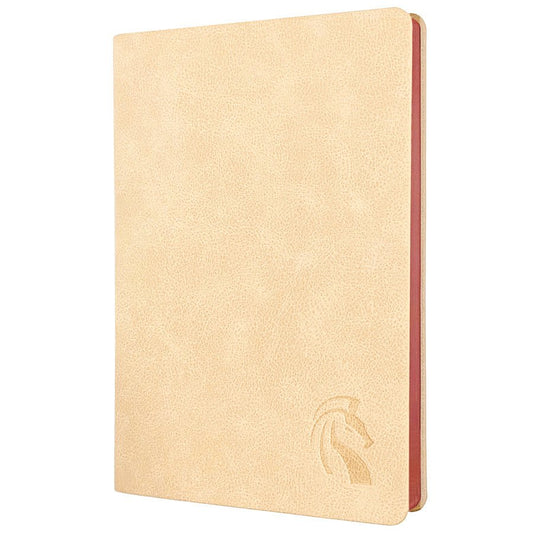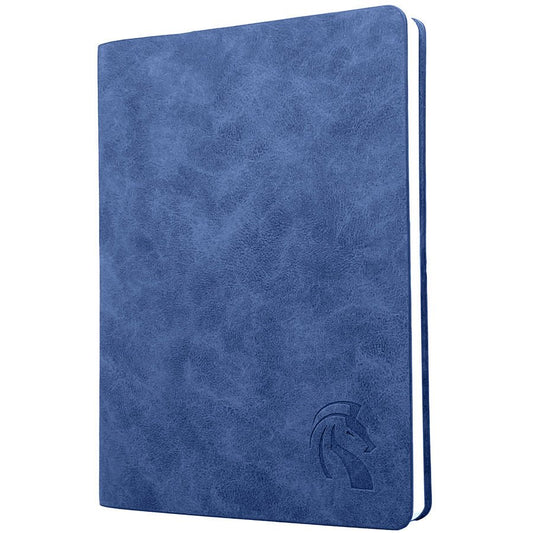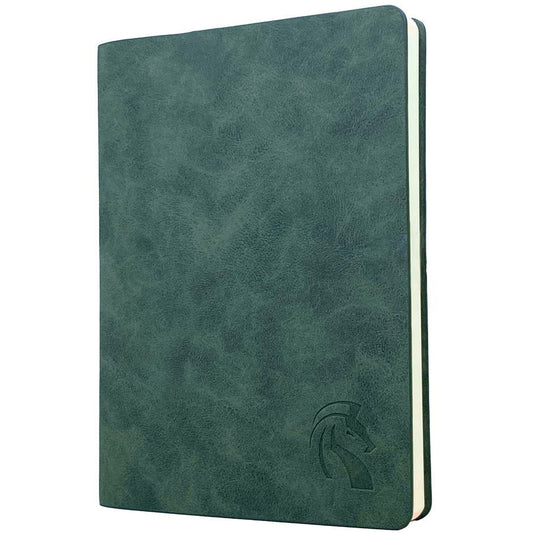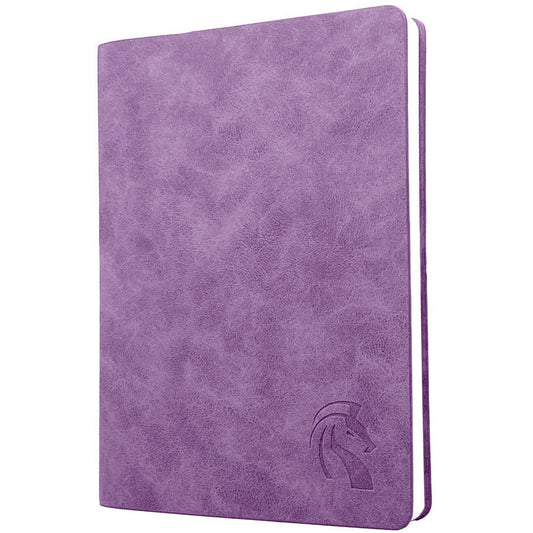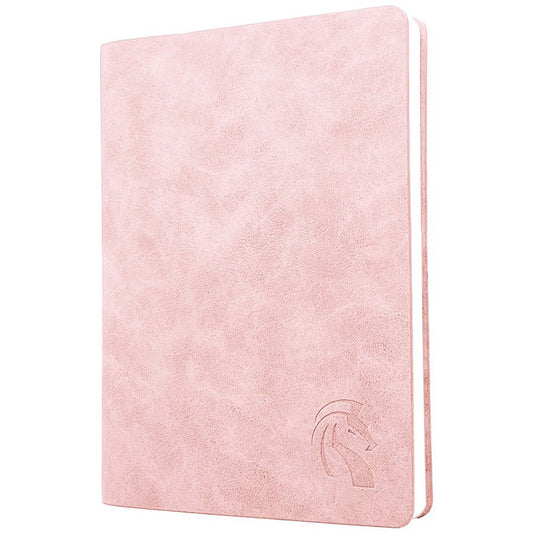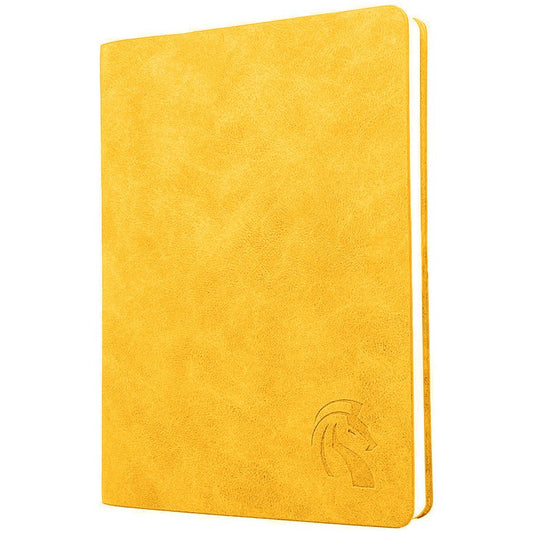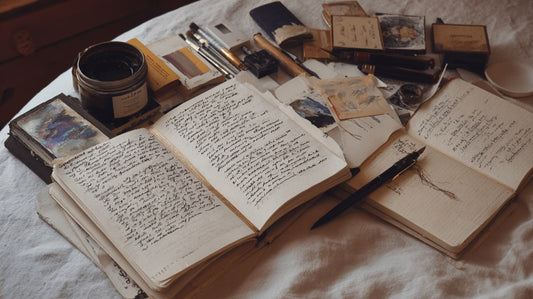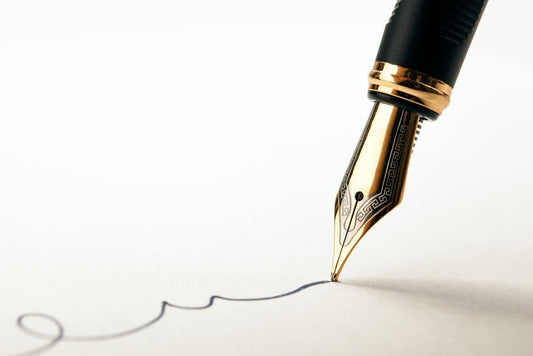
Someone who prefers to use a fountain pen often does so for more than one reason. For many, nothing beats the sensual experience of writing with a pen on paper. In contrast, it's not very enjoyable to write with a scratchy nib. This other sensation is common among frequent users of fountain pens. I am often asked whether there is anything that can be done at home to cure a scratchy nib, despite the fact that we provide our own maintenance services and free nib tuning on each pen or nib unit acquired from us. The answer might be yes, but it worries me because treatments often cause more issues than they resolve. The following is based on my own experience fixing a scratchy writing instrument.
What is a luxury fountain pen?
It's likely that some form of damage was done to a nib that was before producing nice, smooth writing and has now become scratchy. Misalignment is by far the most prevalent cause of this problem. Tine alignment may shift if dropped or bumped. The first step is to check this. One of the tips will be ahead of the other on the paper due to the misalignment, revealing the sharp inner edge of the tipping. A steady stream of ink may also be disrupted by this. Those of us with mere mortal sight need a ten-power loupe to make out the misaligned tilting. The next steps are only for the courageous, who understand that passing the pen to someone else is necessary to fix the situation.
It might also refer to a "trainer pen," as opposed to a "writer," in this case.
Keep the loupe near your eye and the pen's point aimed towards the loupe.
Everything takes place within touching distance of your face. Look for the "iridium" forms to be closely spaced and in a symmetrical arrangement with the points at the same level. (A flexible nib will contact the paper, whereas a hard one will leave a little space.) If you notice that one side is more than five percent higher than the other, you may check the tips by lifting the lower side with your fingernail. If it rises by the same amount on the opposite side, plus an additional 5% above the first side, then you know it can be moved. A nib is said to be well-balanced if this happens and the tines are of the hard kind.
You have likely identified the source of scratchiness if one side is consistently and noticeably higher than the other.
This nib is just right.
In such instance, check to make sure the nib is in the middle of the feed. If put aside, the solution may be straightforward. Carefully realign the nib with the feed. To avoid damaging the tine, it is best to push from its center, where the curvature meets the shoulder, rather than from its shoulder or its tip. If you find that you have gone too far, flip the pen over and press lightly from the opposite side, being careful to move the nib just a little distance. You'll need to do this again and again until the slit is directly in the middle of the feed. (Some nibs and feeds work better when they aren't perfectly aligned, but that's a topic for another day.)

A nib's readiness for use is determined solely by how it performs on paper and in ink.
The paper provides frictional resistance while the ink serves as a lubricant.
The nib may have sharp corners or edges that are catching on the paper if it continues to scrape. When I get to this stage, I prefer to draw enormous circles and ask myself where on the circle the scratch is most noticeable. I use a pencil to indicate the location of the scratch along the arc and an arrow to demonstrate the direction the circle will go. The next step is to locate the cutting edge, which may be done with a loupe or a microscope. Likely, it may be found on the inner margin, where the slit joins the page.
The complicated portion is here. Micromesh 10,000 is required. Sheets of abrasive material measuring 3 inches by 6 inches are included. The fabric backing is made of rubber. I prefer it over a hard surface abrasive like an Arkansas stone or Mylar disks because it yields when tipped, sinking beneath the pressure. To increase the softness and sinking quality of the Micromesh, I prefer to place it on top of a few sheets of newspaper. A pen with ink in it should be moved two or three times in the direction of the scratch on Micromesh. Put the pen down and try to replicate the circle again. The abrasive should have removed the sharp edge or corner if you had caught it. It is recommended that you repeat the operation many times while carefully monitoring the results with a ten-power loupe.
A word of caution: despite the polished finish, Micromesh is a rather abrasive material.
Too much use might cause the nib's tipping substance to wear away. The results of this smoothing procedure may wind up being very unexpected. Sharp corners may be made in either direction by flattening the tip.
It's more of an art than a science to smooth the tip of a pen, since one person's preferences won't always appeal to another. The following is a list of characteristics that certain hints may have, some of which may be seen as good and others as bad, depending on the context in which they are seen. The writer's ability to make concessions rests on their familiarity with these constraints.
One, it has a very fine point. It can make tiny scratches, so you may use it to jot down notes in the margins. These days, you can get disposable pens in a wide variety of styles, and they're all quite simple to use even if you've never used one before. These writing instruments function otherwise than fountain pens and may be preferable in some circumstances. Yet each of us has our own story to tell about why we choose one of these tools over another. The extra-fine point, favored by most of our ancestors, may be quite readable. The extra-fine point has a lot of "teeth" and might feel scratchy if you don't use the lightest touch.
There are a few issues with the stock Pelikan M800 BB nib.

To begin with, the tipping isn't oriented properly, and secondly, the area where the ink would normally make contact with the paper is actually concave.
Second, the inner edges are rounded.
These days, it's common to find pens with rounded inner edges on the tips. The corner where the cut meets the paper has become rounded. This is done by the manufacturer to provide a seamless product. In other cases, though, skipping is the end outcome. Skipping is particularly annoying on the first stroke if ink doesn't get it to the paper when the tip contacts. Micromesh practice helps "break in" the tip, preventing skipping. It is feasible to get such close contact between ink and paper by eliminating material from the tip, which moves the slit closer to the writing surface. However, be aware of the caveats up above.An itchy, flat-footed pointer
Step three: making a foot.
The ink will run along the foot as if it were a flat surface. Working with little pressure, on the proper paper, and at the right angle, the nib will hydroplane. This impact may manifest for some but not for others. It might be difficult to pin down at times. Sharp edges on the "flat" required for this effect might cause unwanted catching and dragging. A foot on a point might be either paradise or agony.
Profile of a nib with flat feet
Which is better, a high- or low-angle foot? The typical writer is in mind when pens and nibs are manufactured and distributed. Every person's "foot" is somewhat different from everyone else's because the angle at which the writer's tip hits the paper is slightly rounded yet flat. The typical writing position for a pen is at a 55-degree angle to the page. Some people may not like the way the tip is trimmed if they prefer a steeper or shallower angle. Once again, the author may get the desired result with some smoothing cloth and a fresh foot. (Take note of the disclaimer up top.)
5. Writing is easier with wet nibs.
A wet writing nib, all else being equal, will feel smoother than a dry one, since ink works as a lubricant and the more ink there is beneath the tip, the smoother the pen will write. Writing with a pen that produces too much ink is inconvenient since the wet mark takes forever to dry and sometimes bleeds through the paper. The bleeding makes it harder to read and looks terrible. It is possible to boost the ink flow of a nib with a little modification. Avoid making this modification too drastically, since decreasing is more challenging. Do not do this if you are easily frustrated, since an unbalanced set of tines will cause the nib to write more scratchily. (Refer to the second paragraph above.)

The rate of ink production is being increased.
Boost the ink flow by catching the nib's shoulders with your thumbnails while holding the pen on a big, open desk with the nib pointing upright and staring at the bottom of the nib (the feed). Gently push down on the top of the nib and pull apart slowly. To clearly observe the aperture of the slit, illumination from behind is preferable. Use extreme care and always double-check your work using a pen test. To avoid getting ink on your fingers, you should have some paper towels handy and not be on your way to a fancy dinner when you need to test the nib after each attempt.
Removing the pen's nib to reduce ink flow is a more laborious option. Pinch the shoulders together uniformly to slow the ink flow somewhat.
As can be seen, a smooth nib is the product of a number of dynamics working together. Nib balancing is a time-consuming technique that calls both precision and practice. There are several potential hazards, but the payoff is substantial.
This story was first published in the February 2006 issue of the PENnant magazine.
The official publication of the Pen Collectors of America is called The PENnant.

LeStallion PU Leather Journals
LeStallion Soft Cover PU Leather Journals inspires and excites you to write more, allow you to further grow and develop, so you may achieve your goals and dreams!
SHOP LESTALLION
